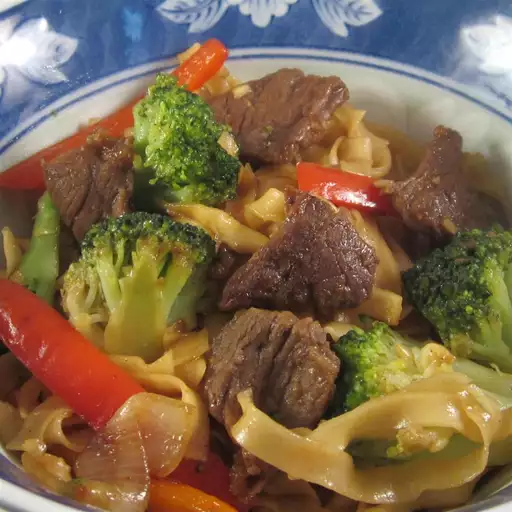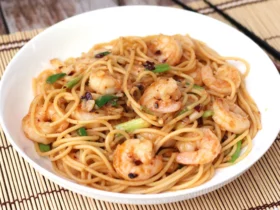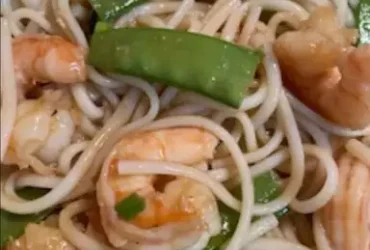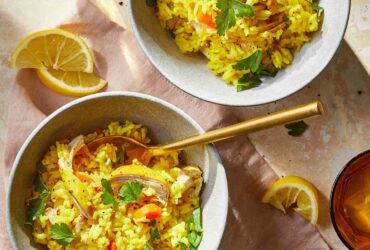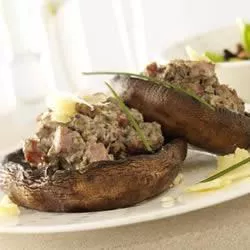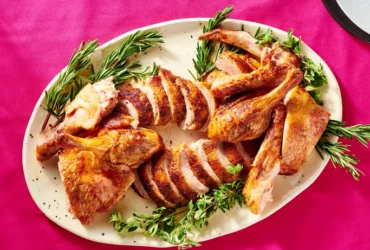Background and History
Beef and broccoli chow mein is a popular dish that originated in Chinese cuisine. Chow mein, meaning “stir-fried noodles” in Cantonese, has been enjoyed for centuries, known for its savory flavors and satisfying texture. This fusion dish combines tender beef, crisp broccoli, and flavorful noodles, often seasoned with a spicy sauce for an extra kick.
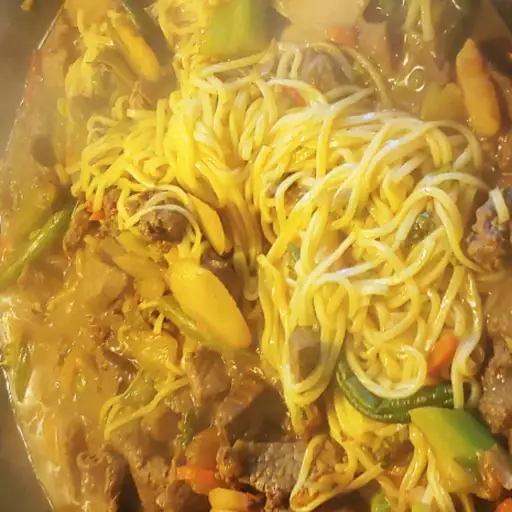
Ingredients
- 8 ounces chow mein noodles
- 1 pound flank steak, thinly sliced
- 2 cups broccoli florets
- 2 tablespoons vegetable oil
- 3 cloves garlic, minced
- 1 teaspoon ginger, minced
- 1/4 cup soy sauce
- 2 tablespoons oyster sauce
- 1 tablespoon hoisin sauce
- 1 tablespoon sriracha sauce (adjust to taste)
- 1 teaspoon sesame oil
- 2 green onions, thinly sliced
- Sesame seeds, for garnish (optional)
Instructions
Prepare the Noodles
-
- Cook the chow mein noodles according to the package instructions until al dente. Drain and set aside.
Cook the Beef and Broccoli
-
- Heat vegetable oil in a large skillet or wok over medium-high heat.
- Add minced garlic and ginger, stirring for about 30 seconds until fragrant.
- Add the thinly sliced flank steak and cook until browned, about 2-3 minutes.
- Toss in broccoli florets and continue to cook for another 2-3 minutes until the broccoli is tender-crisp and the beef is cooked through.
Make the Sauce
-
- In a small bowl, whisk together soy sauce, oyster sauce, hoisin sauce, sriracha sauce, and sesame oil until well combined.
Combine Everything
-
- Add the cooked noodles to the skillet with the beef and broccoli.
- Pour the sauce over the noodles and toss everything together until evenly coated and heated through.
Serve
-
- Garnish with sliced green onions and sesame seeds if desired.
- Serve hot and enjoy!
Nutrition Facts
- Serving Size: 1/4 of recipe
- Calories: 450
- Total Fat: 12g
- Saturated Fat: 3g
- Cholesterol: 60mg
- Sodium: 1200mg
- Total Carbohydrates: 54g
- Dietary Fiber: 4g
- Sugars: 4g
- Protein: 30g
Notes
- Feel free to customize the level of spiciness by adjusting the amount of sriracha sauce to suit your taste preferences.
- You can substitute flank steak with other cuts of beef such as sirloin or skirt steak if desired.
- For a vegetarian version, you can omit the beef and add extra vegetables like bell peppers, carrots, or mushrooms.
Allergy Warning
This recipe contains soy and shellfish (oyster sauce). It may not be suitable for individuals with allergies to these ingredients. Additionally, if you have a sensitivity to gluten, make sure to use gluten-free soy sauce and hoisin sauce.
What is beef chow mein sauce made of?
Beef chow mein sauce typically consists of a combination of soy sauce, oyster sauce, hoisin sauce, and other seasonings like garlic, ginger, and sesame oil for added flavor.
Is chow mein supposed to be spicy?
Chow mein can be customized to be spicy or mild according to personal preference. Some recipes include spicy ingredients like chili paste or sriracha sauce, while others may omit these for a milder flavor profile.
How do you tenderize beef for chow mein?
To tenderize beef for chow mein, you can marinate it in a mixture of soy sauce, rice wine vinegar, and a tenderizing agent like baking soda or papaya paste for about 15-30 minutes before cooking.
What are the two types of chow mein?
The two main types of chow mein are “crispy” chow mein, where the noodles are fried until crispy, and “soft” chow mein, where the noodles are boiled or steamed before being stir-fried with the other ingredients.
Is chow mein made of Maida?
Chow mein noodles are typically made from wheat flour (maida) or egg noodles, although variations may use different types of flour depending on regional preferences.
What is the difference between Hakka noodles and chow mein?
Hakka noodles are a type of Chinese noodles made from unleavened dough, while chow mein refers to a dish made with stir-fried noodles, often including meat, vegetables, and a flavorful sauce.
Is chow mein a junk food?
Chow mein can be part of a balanced diet when prepared with wholesome ingredients like lean protein and plenty of vegetables. However, some fast food versions may be high in sodium and unhealthy fats, so it’s best to enjoy it in moderation.
Which is better Hakka or Schezwan noodles?
The preference between Hakka and Schezwan noodles depends on personal taste. Hakka noodles have a mild flavor, while Schezwan noodles are known for their spicy and bold flavors.
Is chow mein a type of stir-fry?
Yes, chow mein is a type of stir-fry dish where noodles are stir-fried with a variety of ingredients such as meat, vegetables, and sauces.
What is a good substitute for chow mein noodles?
If chow mein noodles are unavailable, you can substitute them with other types of noodles like spaghetti or linguine, or even rice noodles depending on your preference and the availability of ingredients.
- Best Clay Alternatives for 2025 - April 22, 2025
- Best Leadfeeder Alternatives for 2025 - April 22, 2025
- Best Snov.io Alternatives for 2025 - April 21, 2025

